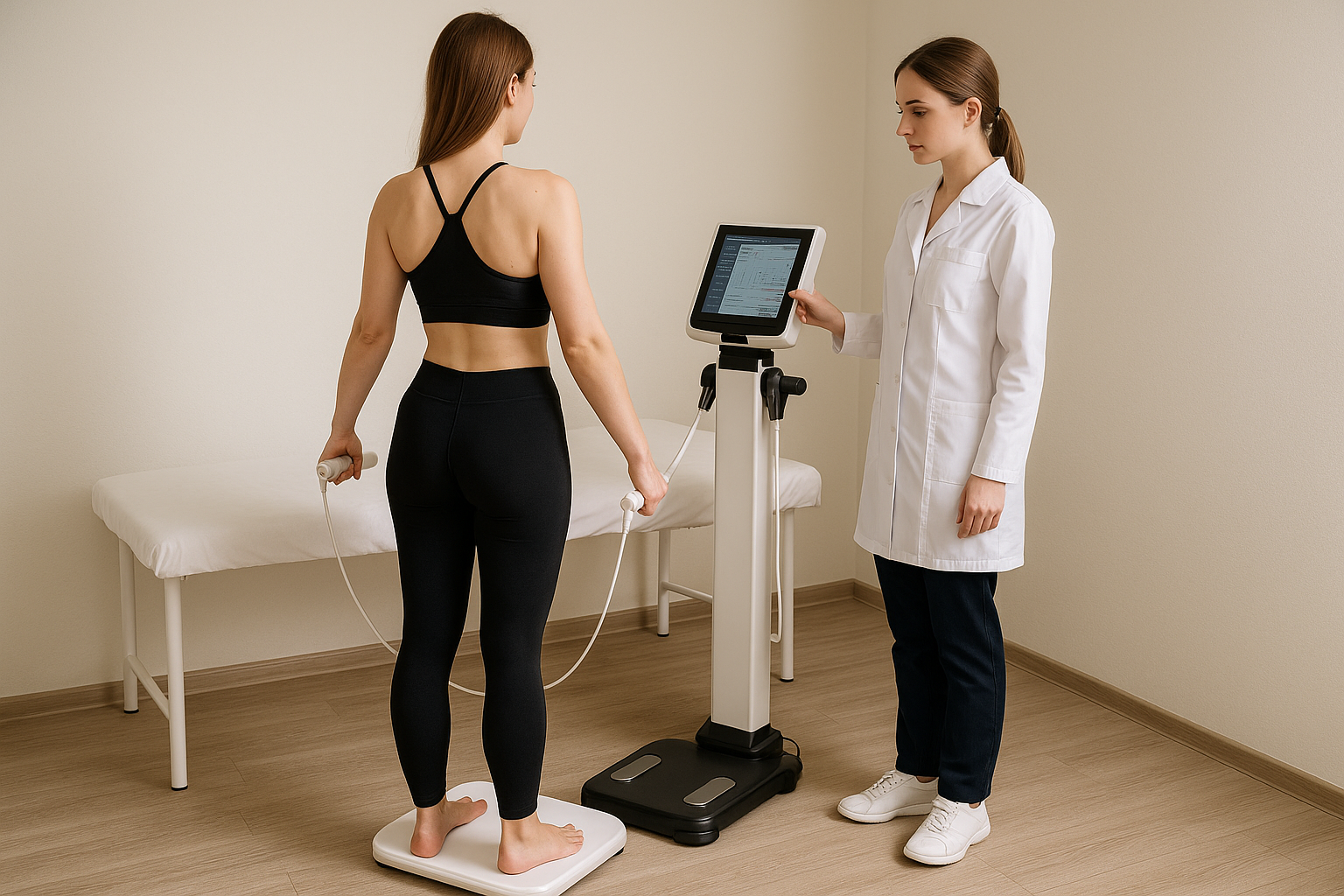Visceral Fat: The Silent Killer Hidden in Fit People
Health Risks Associated with Visceral Fat

The presence of excess visceral fat is a strong predictor of various health complications. It is closely linked to an increased risk of cardiovascular disease, due to its role in promoting atherosclerosis, or the hardening of the arteries. It also contributes to the development of type 2 diabetes by affecting insulin sensitivity. Furthermore, visceral fat has been implicated in the development of certain cancers, such as breast and colorectal cancer, due to its role in systemic inflammation and hormone production. The fat's proximity to vital organs exacerbates these risks, making it a critical health concern. Understanding these risks underscores the importance of monitoring and managing visceral fat levels, even in those who appear outwardly healthy.
Detecting the Invisible: Measuring Visceral Fat

Detecting visceral fat requires more than a simple tape measure or scale. Advanced imaging techniques such as MRI and CT scans are the most accurate methods for assessing visceral fat, but they are costly and not always accessible. Alternative methods include bioelectrical impedance analysis and dual-energy X-ray absorptiometry (DEXA) scans, which provide estimates of body composition, including visceral fat levels. Waist circumference and waist-to-hip ratio are simpler, more accessible indicators that can suggest the presence of visceral fat; however, they are less precise. Regular health check-ups that include these assessments can help identify those at risk, prompting early intervention and lifestyle modifications.